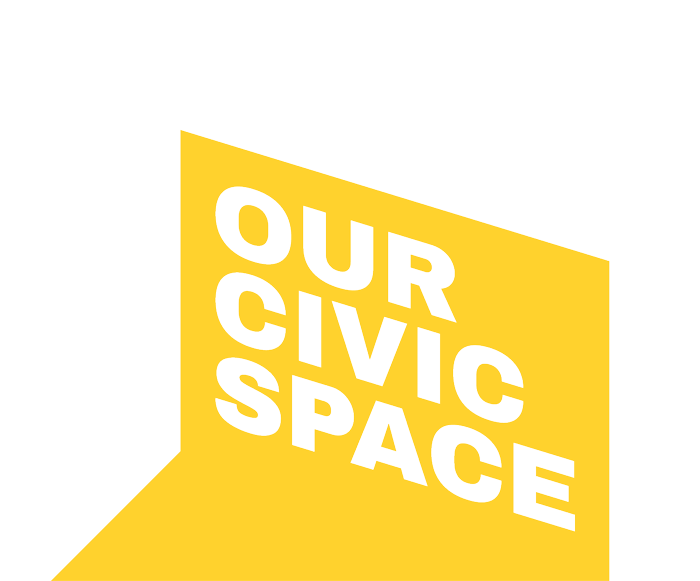Reforming the Romanian Ministry of Youth
“Belonging to a big civic space gives to youth NGOs the context, opportunity and the most important, the right to propose ideas for the youth sector’s wellbeing and therefore, to shape the ecosystem that concerns them.” – Yolanda Florescu (FITT)
Young people can learn in different contexts outside of school and through the informal and non-formal learning activities in which they participate. Thus, they acquire valuable skills for their personal and professional development, discover society and its mechanisms, develop skills of independent living, but also of participation in the life and development of the community. But in order to be able to meet young people and their various needs, but especially to support them at the beginning of the road, we need quality programmes in which to involve them, human resources specialised in working with young people to know and apply non-formal learning methods that provide information and counselling services to young people and, of course, the appropriate infrastructure for carrying out such activities.
In Romania, the public system that is meant to provide such services and to develop such activities is represented by the subordinated structures of the Ministry of Youth (county directorates and Students’ Houses of Culture). However, this is a fragile system, which does not have a coherent strategy. The funding allocated to it cannot ensure quality programmes accessible to all young people, human resources are insufficient and the infrastructure, to a large extent, has an advanced degree of degradation, which, due to the uncertainty of the legal regime, faces great challenges in the process of attracting investments.
Right now, the National Strategy for Public Policies for Youth has come to an end and the Ministry of Youth has already begun working on a new strategy to be aligned with the EU and Council of Europe Youth Strategy. Moreover, the Government Programme has been adopted with a set of ambitious goals, based on the Romanian Youth Resolution 2020-2027. In addition, the opportunities to attract European funds that can support the development of the youth sector get closer. These are the reasons why we believe that 2021 must be the right time for a big reform and especially for the development of the appropriate institutional framework. Therefore, during January-February 2021, FITT, the National Youth Foundation (FNT) and the National Alliance of Student Organisations in Romania (ANOSR) wrote a proposal of reforming the Romanian Ministry of Youth.
Our vision was to create a synergy between the EU Youth Strategy, the National Youth Strategy, the structure of the relevant central public authority and subordinate public services and institutions. Once adapted to the EU Youth Objectives, it must remain unchanged and maintain this form throughout the life of the National Strategy (which must be equal to that of the EU Strategy), which means until the end of 2027. Subsequently, after an evaluation of the first stage, we consider that it needs to be reformed (for another period in the medium term) and to take shape according to the new general objectives, in order to have the necessary resources to carry them out. The central public authority for youth would have the role of coordinating and ensuring the achievement of the Youth Objectives at the national level, which is why its services and subordinates must be adapted to this goal. For the county directorates for youth and for the students’ houses of culture we have developed an entire system, attached to the proposal.
We created this proposal from the following foundations:
- Reforming the central public authority and public services and institutions for the entire life of the EU Youth Strategy 2019-2027 in order to support its implementation,
- Reversing the proportion so that the number of specialist staff (youth workers) is larger than the number of administrative and maintenance staff,
- Each year, ensure and finance the access to at least one good quality youth activity/service for 10% of the young population
- Each year, ensure and finance the access to at least one good quality cultural and sports activity/service for 10% (or 1,000 participants) of the student population that each Students’ House of Culture serves
- Each year, ensure and finance the access to the National Camp Programme for at least 3% of the young population living in conditions of severe deprivation, as well as of the pupils and students with good results at school, integralists and those involved in volunteer activities or in the activities of the Students’ Houses Culture of and “Tei” Students Cultural and Sports Complex.
- Approval of a sufficient number of positions for legal advisors within the central public authority, so as to draw up, as soon as possible, the documentation for clarifying the legal regime of the buildings from the youth patrimony, in order to be decentralise.
This proposal is just the tip of the iceberg. Therefore, it is far from a complete version of what the whole set of documents would entail for the reconstruction of the entire public youth system. More to come…
Written by FITT
